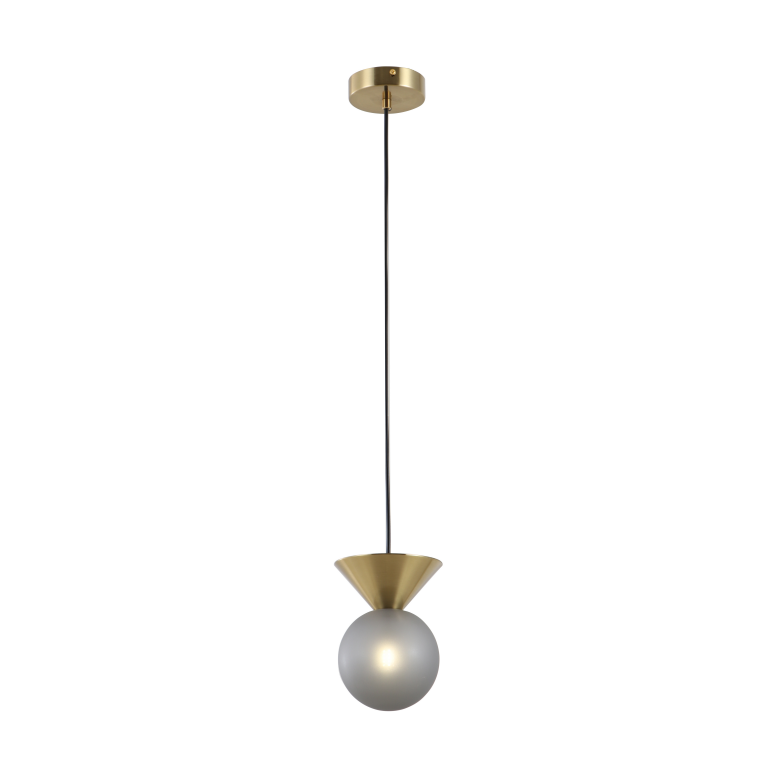Difference Between Pendants and Chandeliers
2025-06-17
Lighting plays a vital role in setting the tone and ambiance of a space, and among the most popular decorative lighting options are pendants and chandeliers. Though both are ceiling-mounted and serve as focal points in interior design, they differ in design, function, and application. Understanding the differences between these two fixtures can help homeowners and designers choose the most appropriate option for their specific needs and aesthetic goals.
Design and Structure
One of the most significant differences between pendants and chandeliers lies in their structure. A pendant light is typically a single light fixture suspended from the ceiling by a cord, chain, or rod. Pendants usually have a minimalist design, though they come in a wide variety of shapes and materials, ranging from glass globes to industrial metal domes. On the other hand, a chandelier is a more complex fixture, often featuring multiple arms or branches, each holding a bulb or candle-like light. Chandeliers are designed to create a dramatic visual impact and often feature ornate detailing, crystals, or layered lighting tiers.
Size and Scale
Chandeliers are generally larger and more extravagant than pendant lights. They are designed to be the centerpiece of a room, often installed in grand entryways, ballrooms, or over large dining tables. Because of their scale and intricacy, chandeliers require higher ceilings and ample space to avoid overwhelming the room. Pendant lights, however, are smaller and more versatile. They are ideal for task lighting or accent lighting and can be used individually or in multiples over kitchen islands, countertops, or hallways.
Lighting Function
Another key difference lies in their lighting function. Pendant lights are often used for task lighting—providing direct light to a specific area. For example, a pendant placed above a kitchen island or reading nook offers focused illumination. Chandeliers, conversely, are generally designed for ambient lighting, casting light over a broader area and enhancing the overall atmosphere of a room. Though modern chandeliers can incorporate dimmable settings or layered lighting, their primary role remains decorative and atmospheric.

Installation and Flexibility
When it comes to installation and placement, pendants are more adaptable and easier to install than chandeliers. Due to their lighter weight and simpler design, pendant lights can be added to almost any room, even those with lower ceilings. Chandeliers, by contrast, often require professional installation due to their size, complexity, and electrical needs. They are less flexible in placement and demand a certain amount of space to maintain aesthetic balance and safety.
Style and Aesthetic Impact
Chandeliers tend to evoke a sense of luxury, tradition, or grandeur, making them well-suited for formal spaces. Styles range from classic crystal chandeliers to modern geometric designs. Pendant lights offer more stylistic versatility, fitting seamlessly into contemporary, rustic, industrial, or eclectic interiors. Their ability to be used singly or in clusters allows for creative customization of a space.
Conclusion
In summary, while both pendants and chandeliers are suspended ceiling lights that can enhance the beauty of an interior, they serve different purposes. Pendants are simpler, smaller, and ideal for targeted lighting, while chandeliers are ornate, large-scale fixtures designed to create ambiance and make a statement. The choice between the two depends on the function of the space, ceiling height, personal style, and lighting needs. Selecting the right fixture can transform a room from merely functional to truly inspiring.
As a professional manufacturer and supplier, we provide high-quality products. If you are interested in our products or have any questions, please feel free to contact us.


